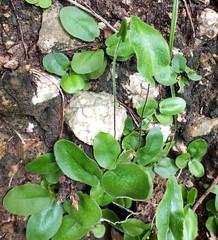
43728832260_0e6af03c4a_m.jpg from: https://www.flickr.com/photos/60678622@N04/43728832260/meta
Penzigiella cordata: The Fascinating Moss of the Pterobryaceae Family
Introduction
Have you ever noticed the tiny, delicate plants growing on trees and rocks in humid forests? There’s a good chance some of those are mosses, ancient non-vascular plants that play important ecological roles. One particularly interesting moss is Penzigiella cordata (Hook. ex Harv.) M.Fleisch., also known simply as Penzigiella. This small but mighty moss is part of the Pterobryaceae family and has some unique characteristics. Let’s take a closer look at this fascinating bryophyte!
Background on Mosses
Before diving into the specifics of Penzigiella cordata, it’s helpful to understand what mosses are. Mosses are small, non-vascular plants in the division Bryophyta. They lack true roots, stems, and leaves like vascular plants. Instead, they have rhizoids that anchor them and absorb water and nutrients. Mosses reproduce via spores rather than seeds and are found in many ecosystems worldwide, from arctic tundra to tropical rainforests. There are over 12,000 species of moss, making them the second largest group of land plants after flowering plants.
Morphology and Identification
Penzigiella cordata is a pleurocarpous moss, meaning it has a branching, feather-like growth form. The stems can reach 2-5 cm long and have dense clusters of small, heart-shaped (cordate) leaves. The leaves are concave and tightly imbricate (overlapping like shingles). They have a short, double costa (midrib) and serrate margins (toothed edges) near the leaf tips. Penzigiella produces ovoid to cylindrical capsules on short setae (stalks). The spores are
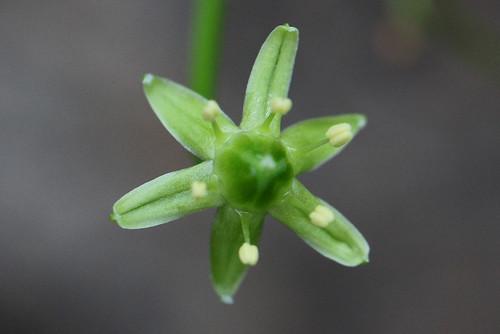
38978447942_4ca1fbbf5b.jpg from: https://www.flickr.com/photos/99088275@N04/38978447942
small and green.
Global Distribution and Habitat
This moss has a pantropical distribution, found in humid forests of Central and South America, Africa, and Southeast Asia. It grows as an epiphyte on tree trunks and branches
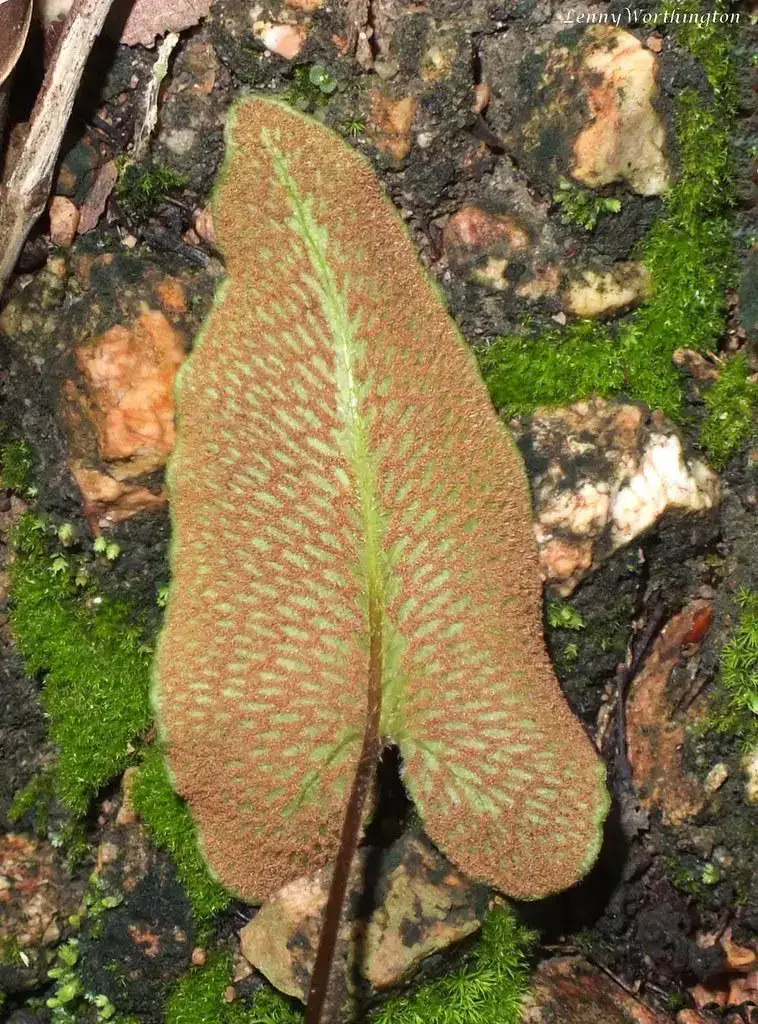
43728831230_689b597523_b.jpg from: https://www.flickr.com/photos/lennyworthington/43728831230/
in lowland to montane rainforests from sea level to 1500 m elevation. Penzigiella prefers partially shaded, constantly moist habitats with high humidity and frequent fog or mist. It often grows mixed with other epiphytic bryophytes and lichens.
Ecological Roles and Adaptations
Like other epiphytic mosses, Penzigiella plays several important roles in forest ecosystems:
- Moisture retention: Its dense mats help capture and retain water, regulating humidity.
- Nutrient cycling: It traps organic debris and provides habitat for microorganisms that break down detritus.
- Habitat for invertebrates: Many tiny animals live in moss mats.
- Substrate for other epiphytes: Moss mats can serve as a substrate for other plants to grow on trees.
Penzigiella has several adaptations for the epiphytic lifestyle:
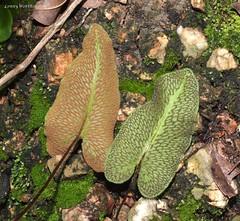
30605217397_5b050fe167_m.jpg from: https://www.flickr.com/photos/60678622@N04/30605217397/meta
- Water-absorbing leaves: The concave, overlapping leaves efficiently funnel water to the stem.
- Rhizoids: Branched, multicellular rhizoids anchor the moss to bark.
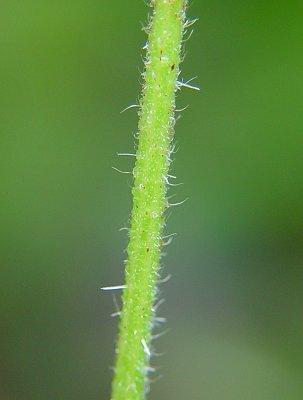
Tragia_cordata_stem.jpg from: https://www.missouriplants.com/Tragia_cordata_page.html
- Desiccation tolerance: Penzigiella can dry out and rehydrate without damage.
- Asexual reproduction: In addition to spores, it can reproduce via fragmentation when bits break off and grow.
| Characteristic | Description |
|---|---|
Family
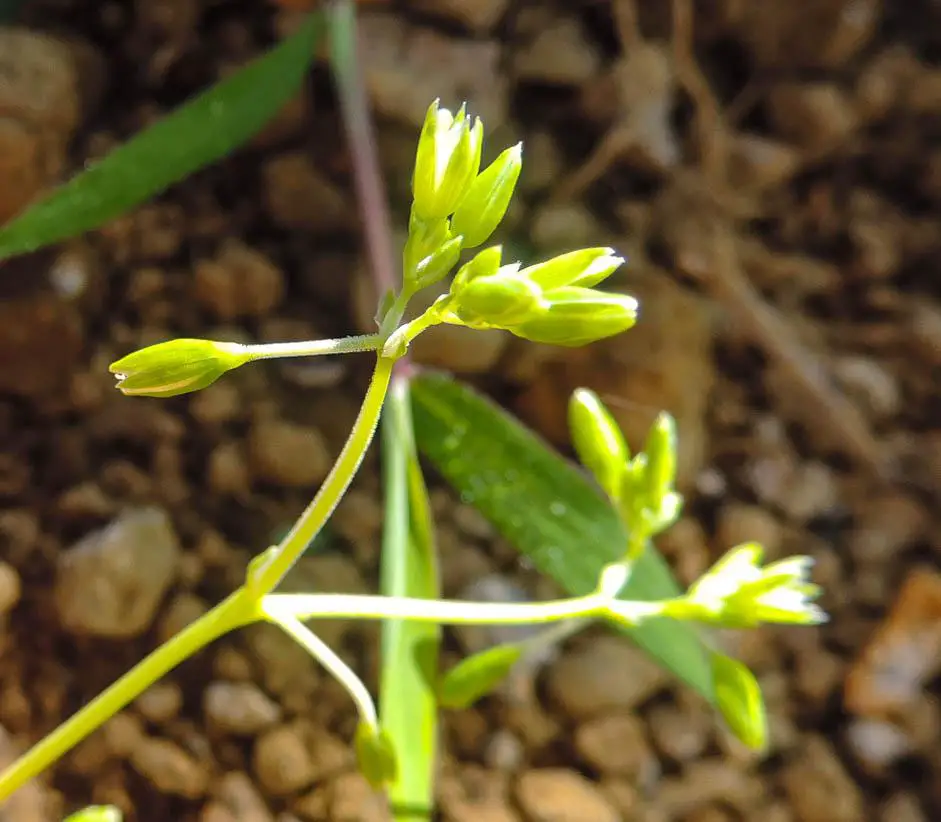 682.jpg from: https://portal.wiktrop.org/group/animation_communication_wikwio/observation/show/5174 |
Pterobryaceae |
| Growth form | Pleurocarpous (branching) |
| Stem length | 2-5 cm |
| Leaves | Heart-shaped, concave, overlapping |
| Leaf margins | Serrate near tips |
| Costa (midrib) | Short, double |
| Capsule shape | Ovoid to cylindrical |
Substrate
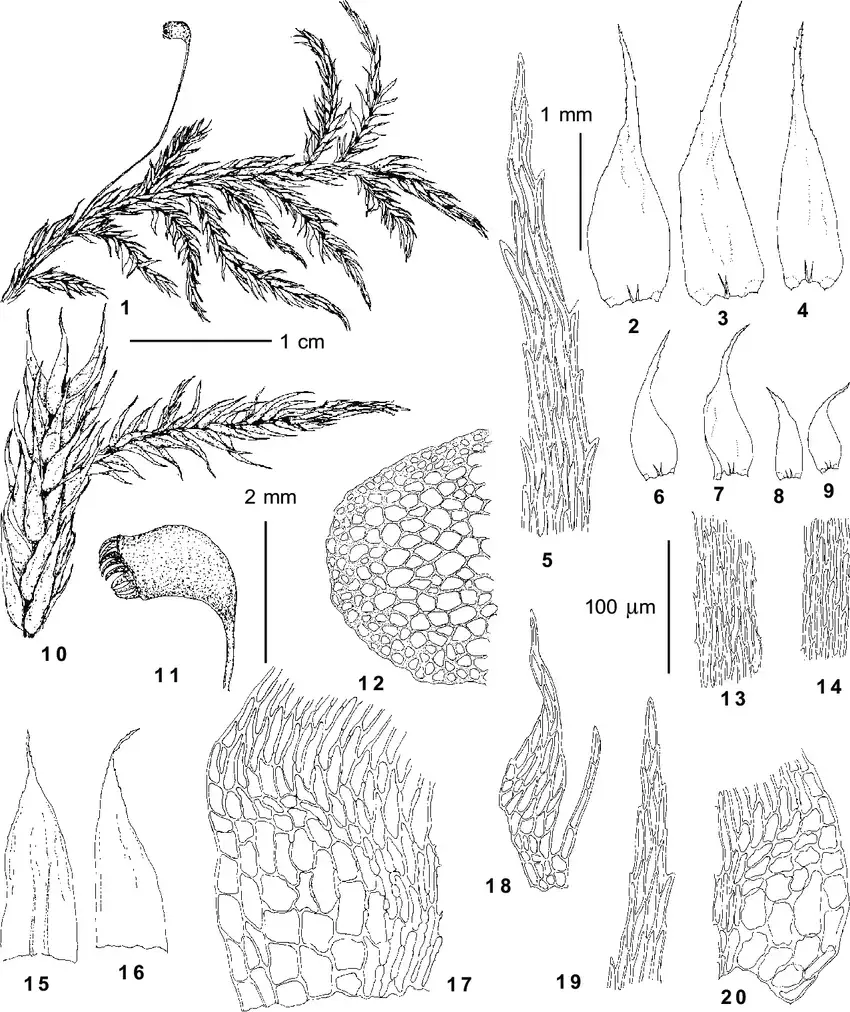 Heterophyllium-affine-Hook-ex-Kunth-Fleisch-from-Bolshoye-Istyube-Creek-470-m.png from: https://www.researchgate.net/figure/Heterophyllium-affine-Hook-ex-Kunth-Fleisch-from-Bolshoye-Istyube-Creek-470-m_fig11_274301325 |
Tree trunks and branches |
| Habitat | Humid lowland to montane rainforests |
| Distribution | Pantropical |
Conclusion
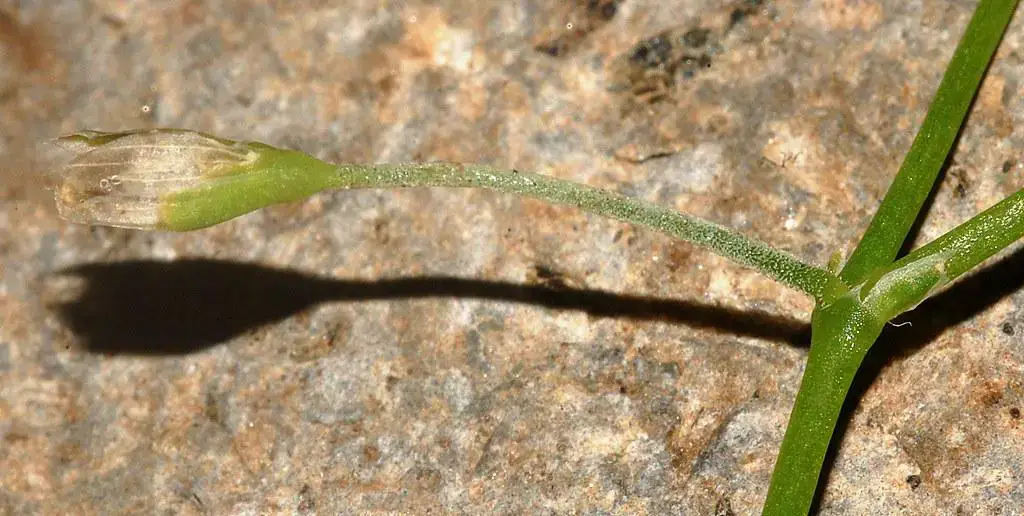
15158591892_978e7cd0b2_b.jpg from: https://www.flickr.com/photos/68114448@N06/15158591892
Penzigiella cordata is a small but fascinating moss with a unique morphology and important ecological roles. Its adaptations allow it to thrive in tropical forest canopies. Next time you’re in a humid forest, take a close look at the tree trunks – you might just spot this amazing bryophyte!
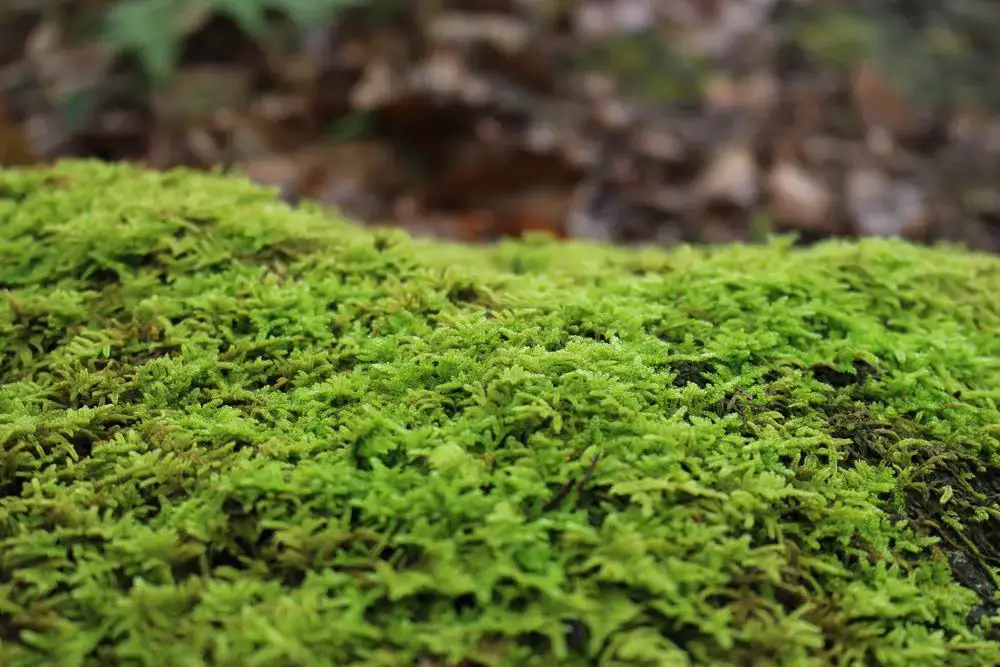
shutterstock_550771441.jpg from: https://www.plantsnap.com/plantblog/types-of-moss/
What other secrets of the forest do you think bryophytes hold?
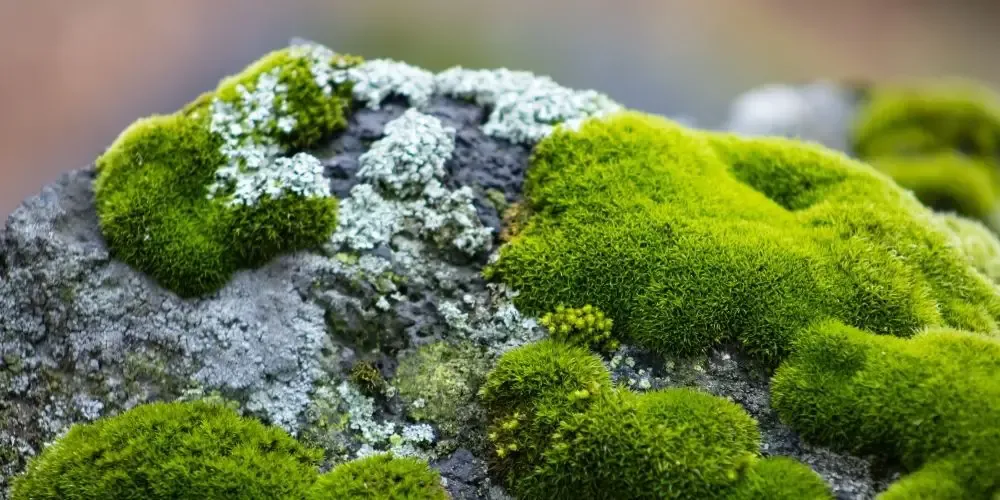
Moss-on-Stone.jpg from: https://brilliantgardener.com/which-moss-generation-is-dominant